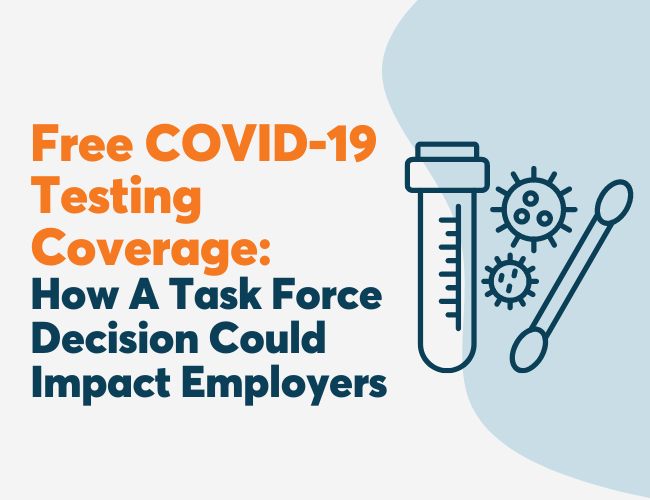An e-cigarette is an electronic device that allows users to inhale a vapor containing nicotine (the addictive substance in tobacco). They help cigarette smokers simulate the experience of smoking without breathing in any smoke in the process.
Because the combustion of the tobacco plant creates and releases several known carcinogens, e-cigarettes manufacturers have advertised vaping as a safe way for smokers to kick the habit. To support this claim, e-cigarettes companies have pointed to the fact that nicotine by itself is associated with far fewer negative health outcomes than the host of chemicals found in tobacco.
Over time, this narrative became questionable. Concerns began to grow over the safety of the nicotine-infused liquids used in e-cigarettes. According to the American Lung Association, many commonly used e-cigarettes liquids contain several harmful chemicals (e.g., heavy metals including lead, tin, and nickel; herbicides; carcinogens such as formaldehyde; and more).
After such damaging findings, one might have expected the federal government to ban the sale of e-cigarettes outright. However, almost the exact opposite appears to have occurred. On October 12th, 2021, the US Food and Drug Administration (FDA) authorized the marketing of three new tobacco products, marking the first approval of its kind.
Below are the reasons behind the recent change in stance and how these changes may impact organizational policies and attitudes towards vaping so that employers can determine what this means for their organizations.
Unpacking The FDA’s Decision
The first thing to note about the FDA’s decision is that it applies specifically to the marketing of e-cigarettes, not to the e-cigarettes themselves. As the FDA notes in their news release:
While today’s action permits the tobacco products to be sold in the U.S., it does not mean these products are safe or “FDA approved.” All tobacco products are harmful and addictive and those who do not use tobacco products should not start.
Instead, the decision implies that the FDA has concluded that “marketing of the new tobacco product would be appropriate for the protection of the public health.” But how could this be true if all tobacco products are harmful and addictive?
According to the FDA, the vapor produced by the products in question is less harmful than cigarette smoke. As Mitch Zeller, director of the FDA’s Center for Tobacco Products states:
The manufacturer’s data demonstrates its tobacco-flavored products could benefit addicted adult smokers who switch to these products—either completely or with a significant reduction in cigarette consumption—by reducing their exposure to harmful chemicals.
Additionally, the FDA concluded that the widespread use of e-cigarettes by teens and young adults is strongly correlated with the availability of non-tobacco flavored products. Since they only authorized the marketing of tobacco flavored products, the FDA does not expect their decision to contribute to the problem of youth users.
Takeaways
As a result of the FDA’s decision, businesses may have to make some difficult decisions. To start with, they may feel the need to re-examine their workplace vaping policy. Upon hearing about the FDA’s change in tone, employees may be under the impression that the products in question are entirely safe, and that as a result, there is no longer any reason to prohibit vaping in the office.
While the FDA’s decision does indicate that some e-cigarettes provide a safer alternative to smoking, this does not mean that they are harmless. Employers who receive these sorts of requests should keep this in mind and consider providing employees hoping to vape in the office with relevant educational materials. Companies must also consider the preferences of other employees. A recent survey on employee sentiment regarding lax e-cigarette workplace policies found that 75.3% of respondents stated that they prefer an e-cigarette free workplace.
Additionally, organizations looking for a smoking cessation program will have to decide whether they want it to include vaping as an option. Experimental results on the effectiveness of vaping as a smoking cessation tool are mixed at best. As a result, the Centers for Disease Control and Prevention (CDC) concluded in their 2020 report on the use of e-cigarettes for adult smoking cessation that “there is presently inadequate evidence to conclude that e-cigarettes, in general, increase smoking cessation.” Until more encouraging data becomes available, companies should avoid smoking cessation programs that utilize or encourage vaping.
Since e-cigarettes are merely less harmful alternatives to tobacco products, employers should provide resources for employees to quit these products as well. Employers should make sure their smoking cessation programs include specific content and resources for e-cigarette users.












